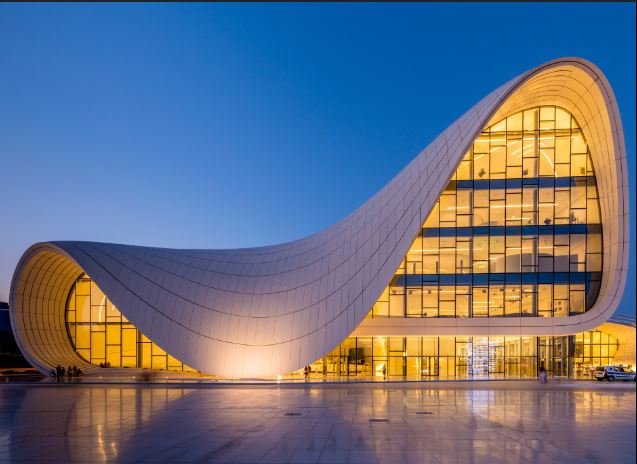Healthy building certifications and wellness architecture
Healthy building certifications and wellness architecture focus on creating environments that promote occupant health, well-being, and productivity. Here’s a detailed exploration of key certifications and principles driving the adoption of wellness-focused architecture. 1. Leadership in Energy and Environmental Design (LEED) Health and Well-being Credits: Indoor Environmental Quality: Emphasizing air quality, lighting, and acoustic comfort to










